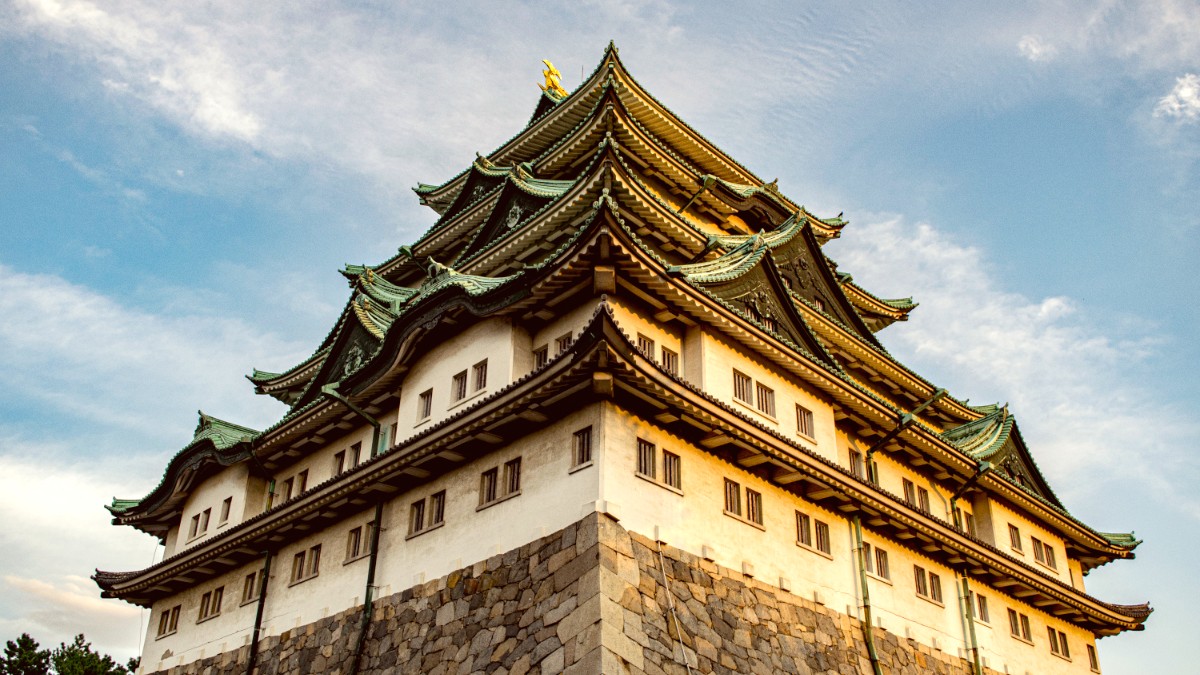
Central Honshu, Japan
Chubu Centrair International Airport (NGO) is the main international gateway for the Chubu region, on an artificial island about 35 km south of Nagoya. Nagoya Airfield (NKM, or Komaki Airport) handles mainly domestic flights.
Chubu Centrair International Airport (NGO) offers extensive facilities. These include numerous restaurants and cafes, a range of shops, airline lounges, and hotels connected directly to the terminal. A unique feature is Furo no Yu, a traditional Japanese bathhouse where you can relax while watching planes.
Find affordable flights: Dollar Flight Club for alerts, Skyscanner for comparisons.
Explore car rental options via DiscoverCars.com for regional trips.
Book flights well in advance for peak travel times for better availability and pricing.
Numerous restaurants, cafes (Japanese & international), duty-free shops, souvenir shops, fashion boutiques.
Airline lounges, hotels connected directly to the terminal, observation deck with runway views.
Furo no Yu, a traditional Japanese bathhouse. Relax and watch planes take off and land.
Japan's train network is a strong and effective way to reach Nagoya.
Nagoya also serves as a hub for various JR local and rapid lines, connecting to destinations within Aichi Prefecture and nearby regions. Private railways like Meitetsu Railway connect to Chubu Centrair Airport and Inuyama.
For more flexibility, especially for exploring areas outside the city center, rental vehicles are available.
Major car rental companies (Toyota Rent-a-Car, Nissan Rent-a-Car) have branches at Chubu Centrair Airport and major Nagoya train stations. Road conditions are excellent and well-maintained. Traffic drives on the left side of the road.
NGO offers extensive facilities for departing travelers. You can enjoy a final Japanese meal or purchase forgotten souvenirs. This airport aims for traveler comfort and convenience.
Nagoya Station is a massive transportation hub. It offers countless shops, restaurants, cafes, and convenience stores. You can find everything from quick snacks to full meals and last-minute gifts before boarding your train. Its size and variety cater to all traveler needs.
Japanese airports and train stations are renowned for their efficiency, speeding up your travel.
Nagoya's airport connects you to major Asian cities, with easy transfers to global hubs.
The seamless integration of air and land transport makes your journey stress-free.
Flex your travel dates slightly for potential savings. Fare comparison websites can display good deals.
Utilize online navigation tools like Google Maps or Japan Transit Planner for real-time train and bus schedules. Download offline maps for areas where connectivity might be spotty. An IC card (Manaca, Suica, Pasmo) simplifies local travel.
Rent a pocket Wi-Fi device for reliable internet across Japan. Pick up at the airport.
Purchase a data-only SIM card for your unlocked smartphone upon arrival.
Consider eSIMs from providers like Airalo for instant data access.
Plan your journey to and from Nagoya with these transport options in mind. The city's excellent connectivity positions it as a great part of any Japan itinerary.